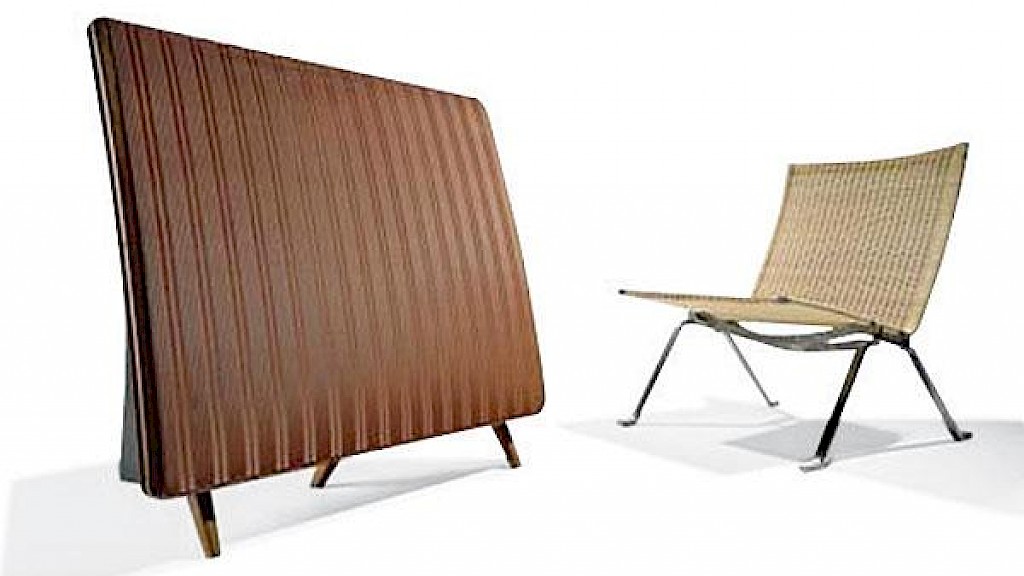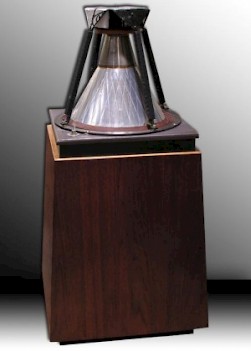Used Speakers: Good Sound & Good Value?
Speakers last a very long time – many decades are common. You can often get sound quality that exceeds 95% of today’s speakers for a fraction of all-new prices.
The “Golden Age of Stereo” (late 1960s through the 1980s) saw good-sounding gear become a necessity in many homes. Much of this equipment is still working fine today. Picking up used speakers can be a way to get great sound at a good price. They may be a bit larger than today’s speakers; but the laws of physics have not changed. We live under the same design rules and restrictions. Here, for better or for worse, size matters. Bigger is often better.
But, before you run off to the next swap meet or tag sale, there are some things to take into consideration.
First you must decide if your “new” used speakers will be part of a collection or for daily use.
Since you can listen to only one system at a time, collecting old audio is different from using it as your main system for daily enjoyment – although some gear works well for both purposes. The things to look for are also somewhat different. If collecting, “landmark” or “historic” status has the greatest importance. These “landmark” products are the speakers where big improvements in sound quality were first heard. These could go into an audio museum even if they were never played again.
Three examples are the Quad ESL-57, the AR-3 and the Ohm A. Each established new sonic benchmarks in sound reproduction. The Quads set a standard for clarity of reproduction when properly set up with matching electronics and auditioned in their very tiny sweet-spot. The ARs gave the bass response of refrigerator sized speakers from “bookshelf” boxes. The Ohm A reproduced the entire frequency range of sound from a single driver with a complete 360 degree radiation pattern.
If for daily use, absolute sound quality should come first. Value is second and cosmetics are third.
The speaker should play as well today as it did when introduced (or better). So, it can be critical whether the manufacturer is still around and still servicing/upgrading the product you are considering. Nobody likes to hunt for a speaker rebuilding company that may or may not bring the speaker back to its original quality. Many audio service shops can make a speaker work again, but only a few recognize the difference between working and working correctly – and it can be a major difference in many of the collectibles.
Most speakers today are made in China because of the value they offer. Small size has become important in home theater systems with six discrete channels standardized for movies and six boxes (one pretty big) to fill up your room. Small size has helped the Chinese keep transportation costs down. If you are looking for a good two-channel music system, the older (and bigger) designs can give you better sound.
Good cosmetics are critical when collecting but sometimes less so for your main speakers. “Landmark” speakers often have “wear and tear” but a mint sample will command a real premium. In most cases, you can get greater sonic value if you accept lower cosmetic standards – a cabinet scratch here and there can be expected: gouged or split veneer may be another matter.
In conclusion, buying used speakers can be great fun (and having fun is what I feel audio should be all about). When building a collection of speakers, choosing a “landmark” model in good cosmetic condition is of greatest importance. When buying used speakers to enjoy every day, sonic quality and available service are more important.
See you on the 16th. Until then,
Enjoy & Good Listening
John
Subscribe to Ohm News & Views to get the latest posts in your inbox
John Strohbeen Author
John Strohbeen was the President and Chief Engineer of Ohm Acoustics from 1978-2023.



